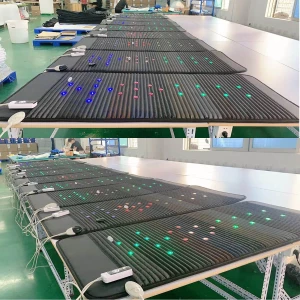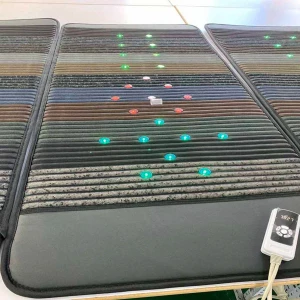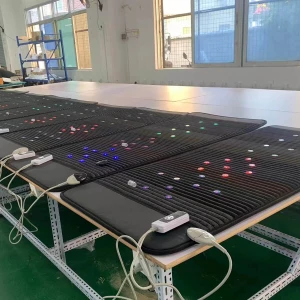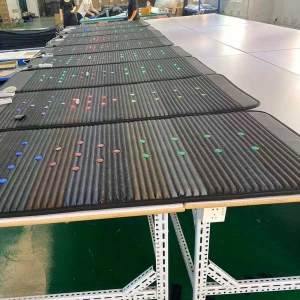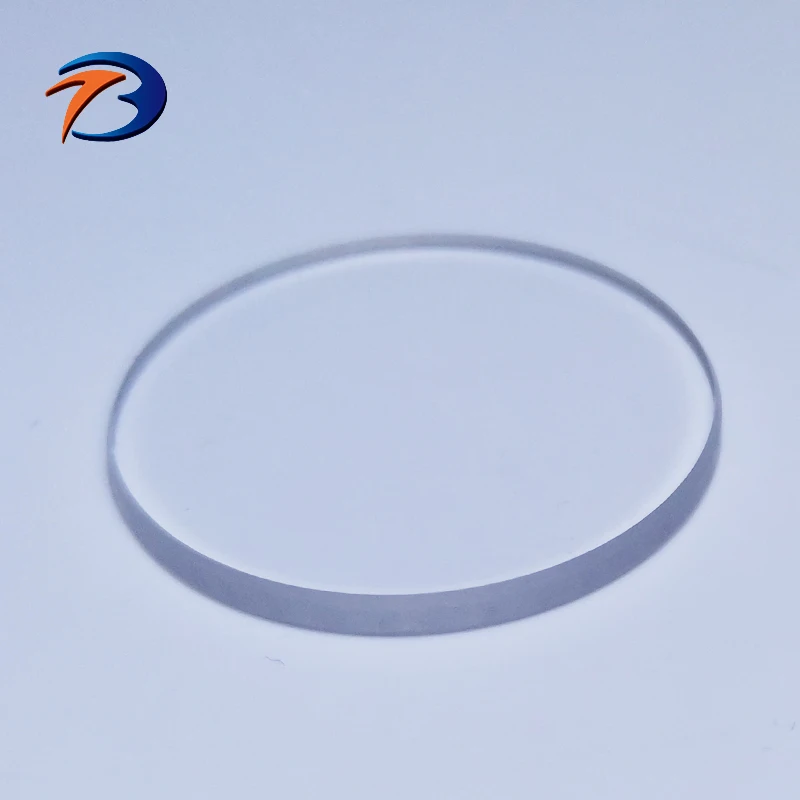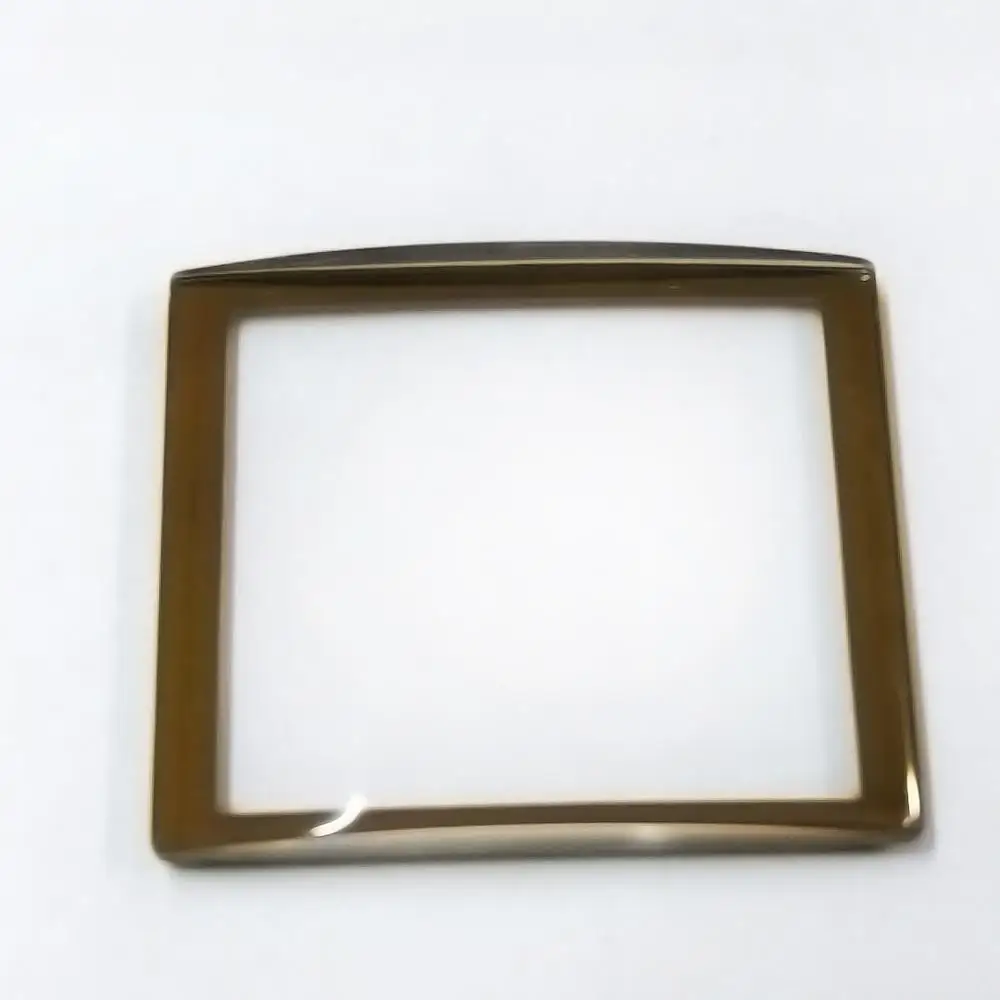Crystals: Essential Components for Modern Electronics
Crystals are fundamental components in the electronics industry, playing a crucial role in timing, frequency control, and signal processing. Whether you're sourcing for industrial applications or consumer electronics, understanding the types, features, and selection criteria is essential. This guide provides practical insights to help you make informed decisions.
How to Find Reliable Crystals from China in 2025
China remains a leading supplier of crystals for global markets. To find reliable manufacturers, start by researching suppliers on platforms like Alibaba, focusing on those with verified trade assurances and positive customer reviews. Request samples to evaluate quality and consistency. Additionally, check for certifications such as ISO 9001 and RoHS compliance to ensure product reliability.
What Buyers Should Know Before Buying Crystals from China
Before placing an order, verify the supplier's production capacity and lead times. Discuss packaging and shipping options to avoid damage during transit. It's also wise to negotiate payment terms, such as using secure methods like PayPal or letters of credit. Lastly, clarify warranty and return policies to protect your investment.
Types of Crystals
Quartz Crystals: Widely used for frequency control in devices like watches and radios.
Ceramic Resonators: Cost-effective alternatives for less precision-critical applications.
SAW Crystals: Ideal for high-frequency signal processing in telecommunications.
TCXO Crystals: Temperature-compensated for stable performance in varying environments.
Functions and Features of Crystals
Crystals provide precise frequency generation and stability, essential for synchronization in electronic circuits. Key features include low power consumption, high durability, and resistance to environmental factors like temperature fluctuations. Advanced options offer programmable frequencies and miniaturized designs for compact devices.
Scenarios of Crystals
From smartphones to aerospace systems, crystals are ubiquitous. They ensure accurate timekeeping in watches, enable stable communication in 5G networks, and support navigation systems in automotive applications. Industrial uses include automation controls and medical equipment where precision timing is critical.
How to Choose Crystals
Consider the operating frequency, stability requirements, and environmental conditions. For high-precision applications, opt for temperature-compensated or oven-controlled models. Evaluate size constraints and power consumption to match your device specifications. Always test samples under real-world conditions before bulk purchasing.
Crystals Q & A
Q: What's the difference between quartz and ceramic crystals?
A: Quartz offers higher precision and stability, while ceramic is more affordable but less accurate.
Q: How do I verify crystal quality?
A: Use frequency counters and oscilloscopes to test stability and accuracy under load conditions.
Q: Can crystals be customized for specific frequencies?
A: Yes, many manufacturers offer programmable or custom-cut crystals to meet exact requirements.
Q: What causes crystal failure?
A: Common issues include mechanical shock, excessive heat, or voltage spikes beyond rated limits.
Q: Are lead-free crystals available?
A: Absolutely, RoHS-compliant options eliminate hazardous materials for eco-friendly applications.



